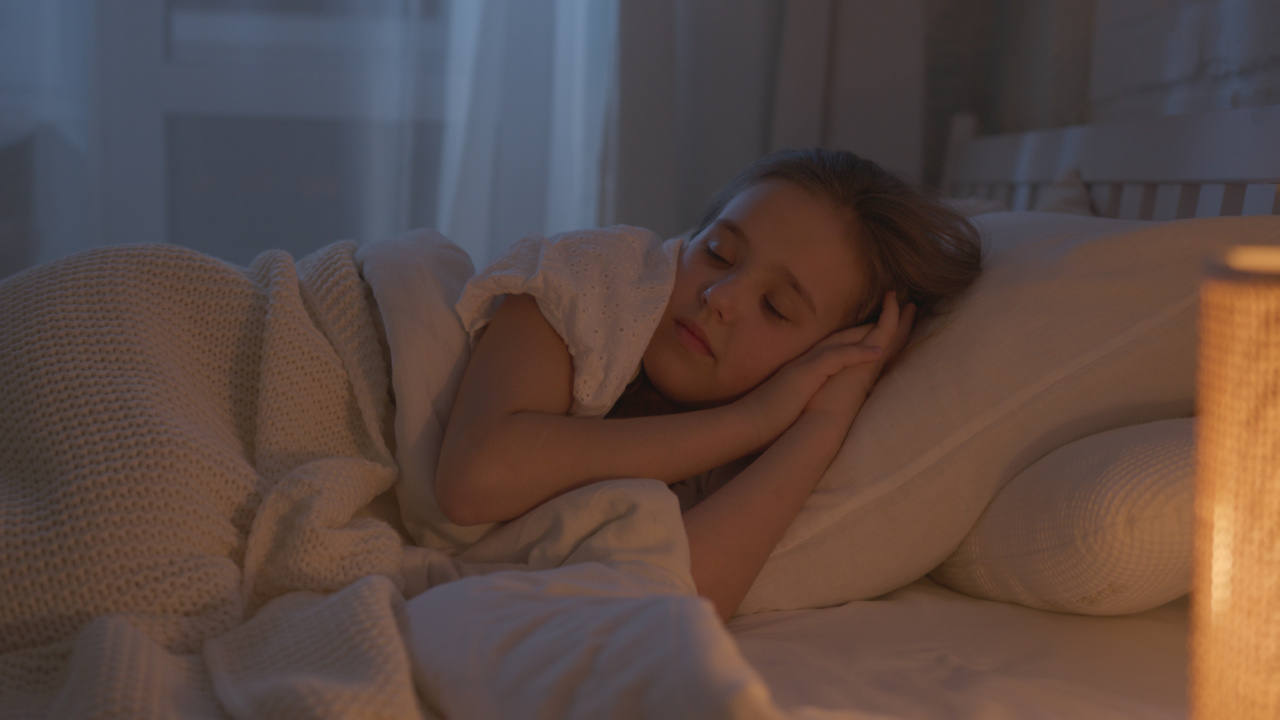As parents, we often find ourselves dealing with various behaviors in our children. One of the common challenges many parents face is an increase in nighttime behavior issues.
From difficulty falling asleep to night awakening and restless sleep, these behaviors can disrupt both the child’s and the parent’s sleep patterns. This article explores some of the factors that may contribute to an increase in nighttime behavior in children and offers potential solutions to address these issues.
1. Changes in Routine
A sudden change in routine can significantly impact a child’s nighttime behavior. It might be due to a new school schedule, travel, or even a change in caregivers.
Children thrive on predictability and stability, and any disruption in their routine can cause anxiety and restlessness at bedtime.
2. Separation Anxiety
Separation anxiety is commonly experienced by young children, typically between the ages of 6 months to 3 years. It manifests as a fear of being away from their primary caregiver, usually their mother.
This fear of separation can intensify at nighttime when they are left alone in their rooms. Children may display clinginess, crying, or refusing to sleep alone due to their anxiety.
3. Sleep Associations
Children often develop sleep associations, which are specific objects, conditions, or actions associated with falling asleep.
For example, if a child becomes accustomed to being rocked or nursed to sleep, they may struggle to fall asleep or wake up throughout the night if they do not have those sleep associations present.
4. Fear of the Dark
Fear of the dark is a common fear among children, especially during the toddler and preschool years. The darkness can trigger their imagination and irrational fears, making bedtime a daunting experience.
Children may resist going to bed, request leaving lights on, or wake up frequently throughout the night due to their fear of the dark.
5. Daytime Stimuli
Children’s exposure to stimulating activities, such as screen time, intense play, or an overactive environment, can affect their ability to wind down at night.
These activities can keep their minds alert and make it challenging for them to transition into a sleep-ready state.
6. Physical Discomfort
Physical discomfort, such as teething pain, digestive issues, or an uncomfortable sleeping environment, can disrupt a child’s sleep patterns.
If they are experiencing discomfort, they may wake up frequently, cry, or have difficulty settling back to sleep.
7. Emotional Upsets
Children may express their emotional upsets through changes in nighttime behavior.
Stress, anxiety, or emotional challenges, such as a new sibling, moving to a new home, or conflict within the family, can manifest as difficulties falling asleep, night awakening, nightmares, or night terrors.
8. Bedtime Resistance
Bedtime resistance is a common occurrence among children. It often happens when they perceive sleep as a separation from their parents or an interruption from ongoing activities.
Children may use various tactics to delay bedtime, such as requesting water, bathroom visits, or engaging in negotiations, leading to a later bedtime and potential sleep disturbances.
9. Unfinished Business
Children may experience a surge of thoughts, worries, or unfinished tasks just as they are about to fall asleep. This can cause restlessness and keep them awake, as they are unable to switch off their minds and settle into sleep.
They may express concerns about school, upcoming events, or any unresolved issues they are facing.
10. Sleep Disorders
In some cases, an increase in nighttime behavior may be a symptom of an underlying sleep disorder, such as insomnia, sleep apnea, or restless legs syndrome.
These conditions disrupt the child’s sleep quality and can lead to various nighttime behaviors, including difficulties falling asleep, frequent awakenings, and restless sleep.
Addressing Nighttime Behavior in Children
Understanding the potential factors contributing to nighttime behavior in children is crucial in finding effective solutions. Here are some strategies that may help address these issues:.
1. Establish a Consistent Bedtime Routine
Create a predictable and soothing bedtime routine to provide a sense of security and stability for your child.
Incorporate activities such as bath time, reading a bedtime story, or gentle music to signal that it’s time to wind down and prepare for sleep.
2. Create a Calm Sleeping Environment
Make sure your child’s bedroom is conducive to sleep. Keep the room dark, quiet, and at a comfortable temperature. Providing comfort objects, such as a favorite stuffed animal or a nightlight, can help alleviate fears and promote better sleep.
3. Gradually Fade Sleep Associations
If your child has developed strong sleep associations, gradually wean them off to encourage independent sleep.
For example, if they rely on you to rock them to sleep, start by gradually reducing the amount of rocking until they can fall asleep without it.
4. Address Separation Anxiety
Reassure your child during bedtime by letting them know you will be nearby if they need you. Consider using a comfort object, such as a special blanket or stuffed toy, to provide a sense of security.
Gradually increase the distance between you and your child during bedtime, helping them develop self-soothing skills.
5. Encourage Daytime Physical Activity
Ensure that your child engages in regular physical activities during the day to promote tiredness and a need for sleep at night. Limit screen time before bedtime, as exposure to screens can stimulate their brains, making it harder to fall asleep.
6. Address Emotional Needs
Take time to talk to your child about any concerns or worries they may have. Provide emotional support and reassurance, helping them to express their emotions.
Creating a safe and open environment for communication can help alleviate any emotional distress that may be affecting their sleep.
7. Implement a Relaxation Routine
Teach your child relaxation techniques to help them wind down before bed. This could include deep breathing exercises, gentle stretching, or practicing mindfulness.
These techniques can help them relax their body and mind, facilitating a smoother transition into sleep.
8. Set Clear Bedtime Boundaries
Establish clear expectations and boundaries regarding bedtime routines and behaviors. Consistency is key. Stick to the established routine and avoid giving in to bedtime delays or negotiation tactics, as this reinforces resistance to sleep.
9. Consult a Pediatrician
If your child’s nighttime behaviors persist despite implementing strategies and significantly affect their sleep quality and overall well-being, consider consulting a pediatrician.
They can evaluate your child for any potential underlying sleep disorders or provide further guidance on managing specific sleep-related concerns.
Conclusion
Nighttime behaviors in children can be challenging for both parents and the child alike. By understanding the potential causes and implementing appropriate strategies, we can help alleviate these behaviors and promote healthier sleep patterns.
Consistency, patience, and open communication play vital roles in establishing a peaceful and restful bedtime routine.































